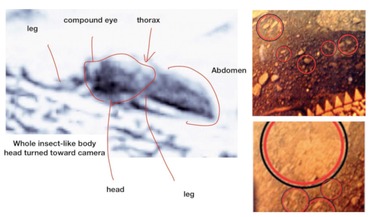 20 November 2019
Insects on Mars, fungi on Venus. Evidence is presented for life on our neighbouring planets
20 November 2019
Insects on Mars, fungi on Venus. Evidence is presented for life on our neighbouring planets
... Rosomer. “It also represents a solid justification for further study." Meanwhile, in a different study, Rhawn Joseph at the Astrobiology Associates of Northern California San Francisco, Sant Cruz, has presented evidence for the possibility of life...
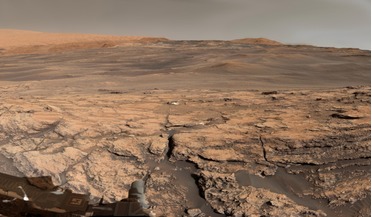 09 March 2020
Organic molecules found on Mars could be consistent with early life, says study
09 March 2020
Organic molecules found on Mars could be consistent with early life, says study
... (non-living) – to determine the thiophene’s possible origin. Their results, published in a new paper in the journal Astrobiology, suggests that biological processes, most likely involving bacteria, are behind their existence in the Martian mud ...
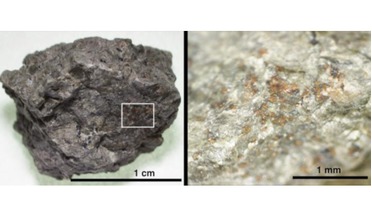 29 April 2020
Scientists discover ancient nitrogen-bearing organic material in martian meteorite
29 April 2020
Scientists discover ancient nitrogen-bearing organic material in martian meteorite
... gas in the atmosphere, nitrate is the only biologically useful form of nitrogen on Mars. Its presence therefore is of major astrobiological significance. Nonetheless, its discovery in the Allan Hills (ALH) 84001 meteorite doesn’t solve the question...
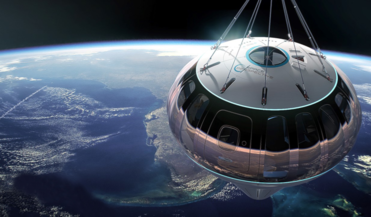 19 June 2020
US firm offers flights to edge-of-space under high-tech balloon
19 June 2020
US firm offers flights to edge-of-space under high-tech balloon
... institutions and organisations to conduct studies on, amongst other things, atmospheric science, astro- and solar-physics and astrobiology to explore the limits of life on the planet and beyond. Space for Humanity, a nonprofit, has chosen Space...
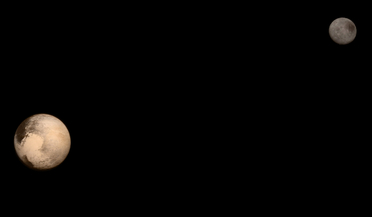 22 June 2020
Icy Pluto may have started off hot with an early ocean
22 June 2020
Icy Pluto may have started off hot with an early ocean
... might be currently occurring and is why the smallest of the Galilean moons has attracted a lot of attention from an astrobiological perspective. The team also calculate that hot starts are probably relevant only for bodies of roughly...
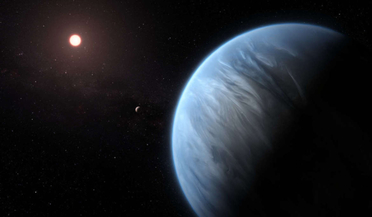 05 October 2020
A dozen "superhabitable" planets better than Earth identified in new study
05 October 2020
A dozen "superhabitable" planets better than Earth identified in new study
... planetary radii) also makes for a valuable target note the team in their research paper published recently in Astrobiology. But, say Schulze-Makuch and colleagues, these characteristics mean little by themselves if a planet is too young or too...